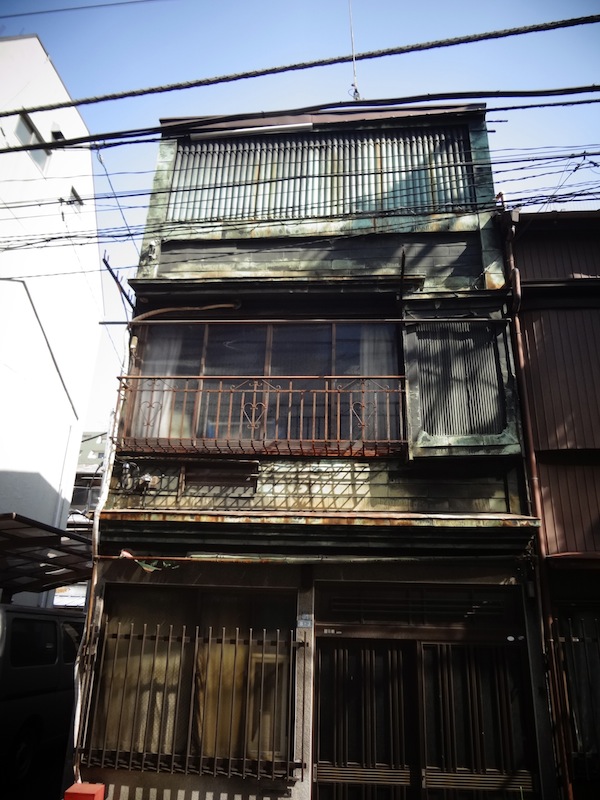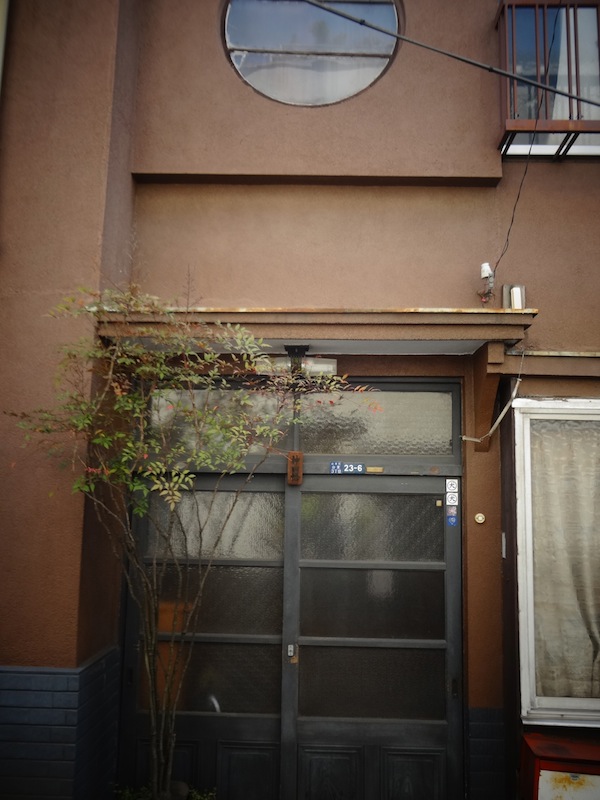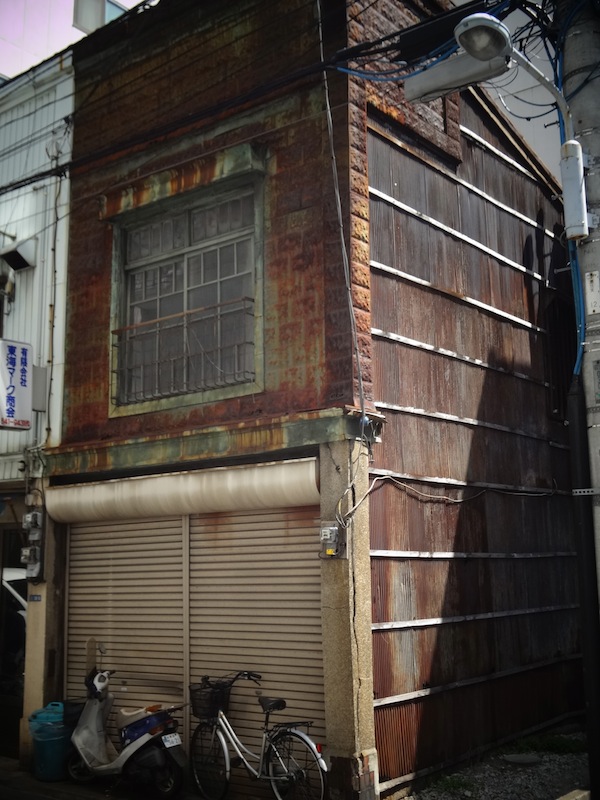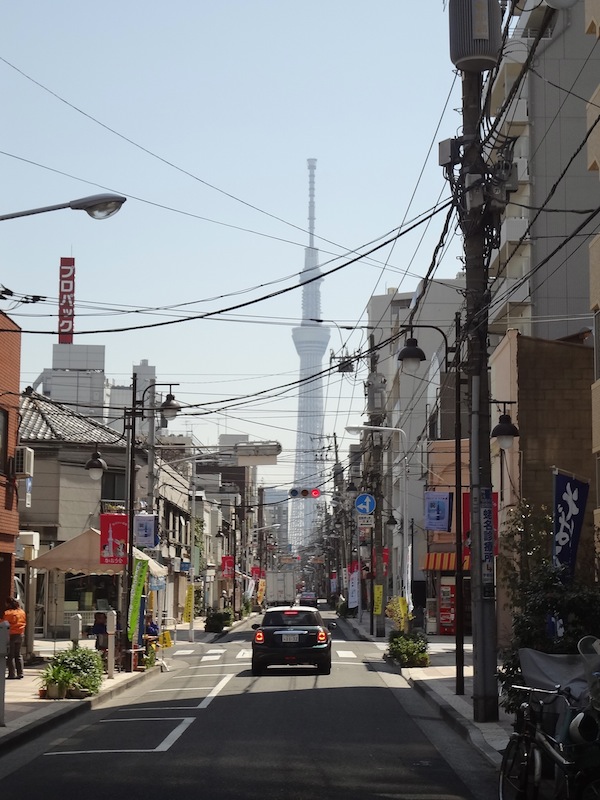Walkabout - Shitamachi
 Thursday, June 7, 2012 at 8:51AM
Thursday, June 7, 2012 at 8:51AM
Yamanote (山の手, "towards the mountain") and Shitamachi (下町, "low city") are traditional names for two areas of Tokyo, with Yamanote referring to the more affluent, upper-class areas of Tokyo west of the Imperial Palace where the samurai warrior class once lived, and Shitamachi applying to the physically lower part of the city along and east of the Sumida River where the less esteemed stratum of society--namely, merchants and artisan--lived. Today the distinction still lives on to some degree where Shitamachi continues to be associated with small business and restaurant owners, small mom-and-pop shops and workshops, and Yamanote connected to business executives, and salarymen.
A rough scetch of the walk I made can be found here. Most of the photos were taken in Taitô Ward (台東区) as I took a meandering route from Akihabara station towards Sensô-ji in Asakusa, then walked along Kappa Dôri toward Ueno Park. It's easy to understand why some 25% of the labor force is still employed in the secondary industry (manufacturing, etc.) and a testament to "monozukuri", the Japanese "art, science and craft of making things" in an era when industries in many advanced contries are being hollowed out thanks to outsourcing. This is something I'd like to write about someday, but today is not that day.
I wasn't all that surprised that the area would be as shabby as it was--I've been in Japan long enough to know what to expect. What did surprise me, though, were the large number of small factories (if you can call them that) and workshops that were peppered throughout the ward.




The Tôkyô Sky Tree rises above the humble streets of the Shitamachi. The tower opened on the 22 of May this year. When I'm in Tôkyô later next month, I'll try to go up it.
